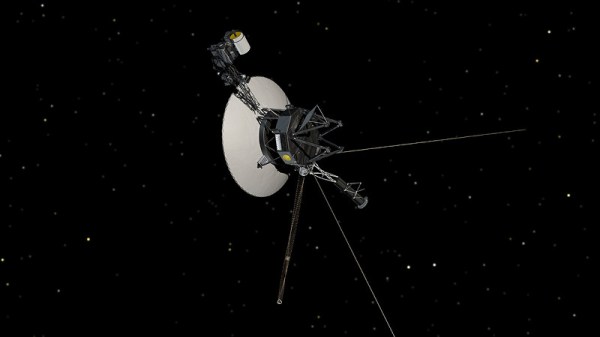It’s been just over 48 years since Voyager 1 was launched on September 5, 1977 from Cape Canaveral, originally to study our Solar System’s planets. Voyager 1 would explore Jupiter and Saturn, while its twin Voyager 2 took a slightly different route to ogle other planets. This primary mission for both spacecraft completed in early 1990, with NASA holding a press conference on this momentous achievement.
To celebrate the 48th year of the ongoing missions of Voyager 1 and its twin, NASA JPL is sharing an archive video of this press conference. This was the press conference where Carl Sagan referenced the pinpricks of light visible in some images, including Earth’s Pale Blue Dot, which later would become the essay about this seemingly insignificant pinprick of light being the cradle and so far sole hope for the entirety of human civilization.
For most people in attendance at this press conference in June of 1990 it would likely have seemed preposterous to imagine both spacecraft now nearing their half-century of active service in their post-extended Interstellar Mission. With some luck both spacecraft will soon celebrate their 50th launch day, before they will quietly sail on amidst the stars by next decade as a true testament to every engineer and operator on arguably humanity’s most significant achievement in space.
Thanks to [Mark Stevens] for the tip.
Continue reading “See Voyager’s 1990 ‘Solar System Family Portrait’ Debut”













